Wait, how do we know we're not in the metaverse right now? Could you really tell? Whoa, whoa, stop freaking out. Hey, calm down. Take some deep breaths. You'll overload the servers with all that emotion.🤖
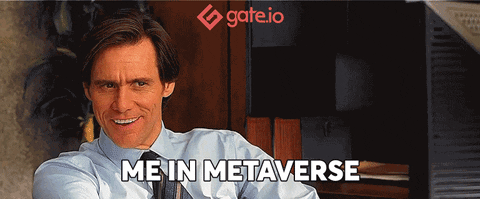
The shift towards the metaverse has been slowly happening for the last couple of decades. Think about how long you spend on Instagram a day. Think about the 'avatar' and username you present on Twitter. Your very extensive trip advisor review profile. I mean, people come to LocalCappuccinoLover2000 from all over the globe.
But recently companies have been taking huge steps, both overt and covert, into creating metaverse infrastructure. And with the martech landscape ramping up, and changing rapidly, its not impossible that the two spaces will quickly overlap. In fact, we at MarTech Alliance found that AR/VR/ER is currently used by 46% of respondents, with more planning to use these technologies in the next 12 months.
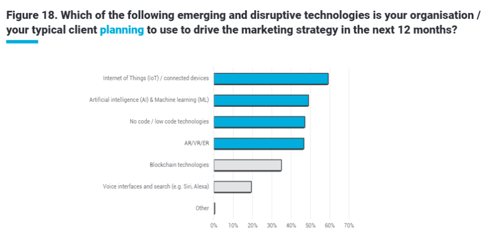
With giants like Facebook and Microsoft introducing metaverse elements into the fabric of their business models, it's not a concept that can be no longer ignored. So, in order to figure out where the technology will be in a few years, we have to look to what these industry leaders are doing now.
"The metaverse will not be created by one company. It will be built by creators and developers making new experiences and digital items that are interoperable and unlock a massively larger creative economy" said Mark Zuckerberg in a public letter.
So, we need to see what consumer benefits there are to these updates, predict how it can be integrated into the lives of consumers, and how these companies will react to the consumer behavioural change.
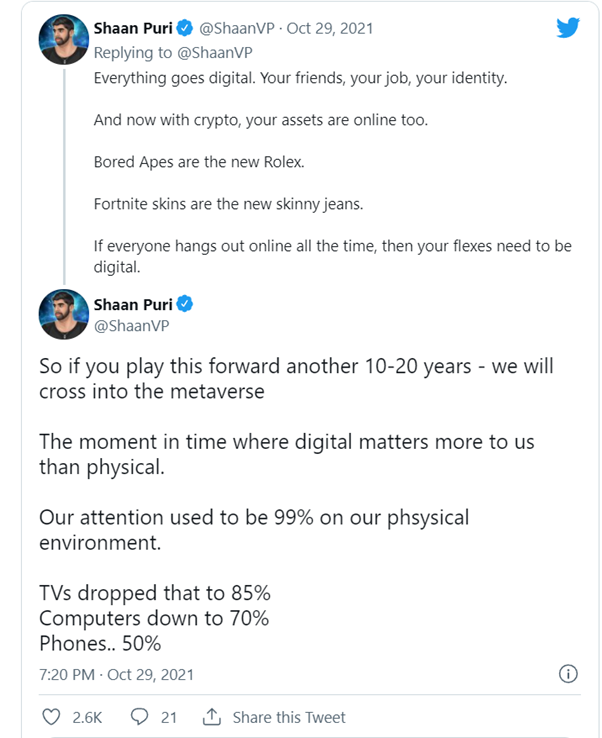
Basically, in the last few years, the shifts we've seen in the creator economy, decentralised finance, and even NFTs, have paved the way for the acceptance and practicality of the metaverse as a whole concept. But it also has big implications on data, especially now companies are having to move away from third-party cookies.
“Let’s not even consider the privacy implications of having certain companies in charge of even more of your private data”, says Dr. Stuart Woolley.
So, all things considered, let's jump in.
What is the metaverse?
Basically, the idea behind the metaverse is to create a space similar to the internet, but more tangible, so that users can interact with the world via digital avatars. Plus, unlike the modern internet, metaverse users experience environmental changes in real-time. If a user makes a change to the metaverse, this shift is visible to everyone.
In theory, you could sit around a virtual meeting table with colleagues from around the world, then break for lunch and head to a virtual art expedition, and then meet up for dinner with your friends when work ends.
We will see a shift in the way people play, work, learn or simply hang out in 2021," says David Bazucki, CEO and Founder of Roblox.
"Some of this connection will move into the Metaverse, a digital place where people seamlessly get together and interact in millions of 3D virtual experiences. Early iterations of the Metaverse emerged in the 1980s with VPL Research’s DataSuit and Linden Lab’s Second Life in 2003.
However, it started to feel very real in 2020 as several platforms have been envisioning – and building – their own versions of the Metaverse.”
So, what makes it different to the internet? Well, current online platforms allow users to move about within the confines of the service, but limit interoperability between platforms. I mean, Twitter's aim is to get you to stay on Twitter, no matter what.
"You can build anything in “Minecraft,” but you can’t transfer your creations into a “Fortnite” map. The Metaverse will allow users to generate their own content and distribute it freely throughout a widely accessible digital world," reports Digiday's Alexander Lee.
So, let's start with the big movers and shakers this week:
Microsoft
Ah ha, I bet you were thinking we'd start with Facebook Meta. Nuh uh. We're taking a look at what Microsoft is doing to steal the metaverse crown.
Just like Meta, Microsoft has gone all in on VR headsets (the $3.5K HoloLens 2), virtual workspaces, and digital avatars. This involves updates to its teams and Xbox gaming console services, and the announcement of a new product - "Dynamic 365 Connected Spaces".
Microsoft is also introducing 'Mesh', a collaborative platform for virtual experiences, to its Team's platform. Microsoft is also building on it's Together Mode, and other features which make work life more interactive.
“We got hit by meeting fatigue in the virtual world,” explains Nicole Herskowitz, general manager for Microsoft Teams.
“After 30 or 40 minutes max in a meeting, it was very hard to stay engaged and focused.” That initial meeting fatigue led to Together Mode, and now Microsoft hopes Mesh will further help reduce the cognitive overload of having to be on video calls all day long.
The feature most metaverse-recognisable is the new 3D avatars, which wont need a VR headset to use. These avatars represent the user in 2D and 3D meetings. Though, it's not all work. It's a little bit of play, too.
“You can absolutely expect us to do things in gaming,” Microsoft CEO Satya Nadella said, and added:
“If you take Halo as a game, it is a Metaverse. Minecraft is a Metaverse, and so is Flight Sim. In some sense, they’re 2D today and the question is can you now take that to a fully 3D world, and we absolutely plan to do so.”
Roblox Corporation
Okay, maybe a better approach to Roblox's metaverse is to say they want it to be a user's metaverse. So, the gaming giant is developing tools to aid this project, introducing tools which will allow developers the metaverse stepping stones.
At the Roblox Developers Conference 2021, the company execs outlined their vision for continuing to grow it's 43M strong active user base, from 180 countries.
It has been announced that the Roblox community of developers were able to recently meet for the first time during the pandemic in both online and in-person events. The CEO Dave Baszucki and VP Matt Curtis gave talks to the devs about the latest platform updates.

Roblox have also announced they will offer the ability to sell "limited-edition" user-generated content items. This means creators will be able to earn money from the initial sale of an item, plus the resale of the item to others.
Although the company has been reluctant to say this suggests a move into NFTs, they have said:
“It’s exactly as limited edition shoes are in the physical world — you either sell a limited number of items or for a limited time only, and the items could increase in value with time due to rarity. With Limiteds, we’ve made it so the original creator could earn Robux for both that initial sale and the resale.”
Meta (or the mega-corporation formally known as FACEBOOK)
Okay, it's what you're all here for.
Facebook/Meta has rebranded completely, and outlined its vision for the upcoming metaverse. The Facebook parent company already has three virtual 'worlds' - Facebook, Instagram, and WhatsApp, and has thoroughly moved into VR hardware with the acquisition of Oculus, and the selling of ~4M Quest 2 headsets in the US.
All this doesn't hurt in the wake of a few, well, earth-shaking scandals. Some might even say that Meta is trying to distance itself from its social platforms, and the scrutiny which has come from there.
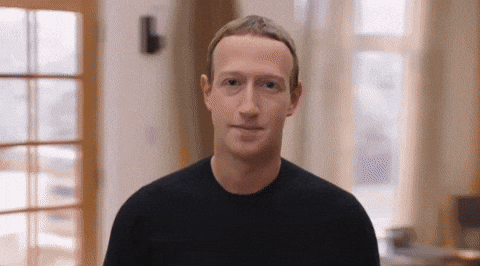
The company has also been working on a series of developments in bringing the metaverse into the public consciousness.
“From now on, we will be metaverse-first, not Facebook-first. That means that over time you won't need a Facebook account to use our other services,” Zuckerberg said.
The company started their move way back in August, when it announced its Horizon Workrooms VR Remote Work App. Since then, its been investing millions in building metaverse elements using existing and new resources.
“Our hope is that within the next decade, the metaverse will reach a billion people, host hundreds of billions of dollars of digital commerce, and support jobs for millions of creators and developers,” Zuckerberg continued.

The Facebook founder also announced Horizon Home, which uses an Oculus Quest 2 headset to connect people in VR spaces. The updates will also allow people to make Messenger calls within VR. They also teased new augmented reality glasses, and a high-end VR headset named 'Project Cambria'.
“We see view this progression of technology as we’re constantly getting more natural ways to connect and communicate with each other,” Zuckerberg said in a press briefing.
“Through Facebook’s lifetime, we started off typing text into websites, and we got phones with cameras. So the internet became more visual and mobile. And then as connections got better, we now have a rich video which is more immersive as the main way that we share experiences.”
Though the social media site has caused many issues, it's also provided the company with the $29B it needs to get the metaverse ball rolling. And Facebook Inc. announced on October 18th that they planned to create 10,000 jobs in the EU, in order to help build the metaverse.

But not all have seen the move in a positive light. Reddit co-founder Alexis Ohanian commented on Facebook’s plans, labelling it a “masterstroke in diversion and distraction”.
Ohanian emphasised the decentralised, organic element of an open metaverse, compared to the planned growth of huge companies are aiming for.
“Right now there is this bottom-up movement to create the metaverse. We have seen what is happening in the crypto community… We are seeing a lot of people building what I think is, and hope, will become a much more organic type of world rather than a top-down Facebook-imposed one.”
Apple
Apple is reportedly putting a huge amount of time, and money, into a new line of products focused on the 'new reality'.
Despite not outwardly stating their intentions for the metaverse, Apple appears to be much closer to a metaverse implementation than people may think.
Stuart Woolley has noted the graphical capabilities that have come in leaps and bounds, both on the desktops with real-time ray tracing, but also on mobile platforms such as Apple Silicon.
There are also rumours around the Apple Glass appearing around 2023. The glasses will be a wearable technology, equipped with the same tech as current iPhones. So, they are offering a lightweight, wearable technology opposed to the clunky headsets of Oculus.
"A patent reveals Apple's "rings" which are designed for tracking finger and hand movements," says Tom Prichard.
"Those could well improve the capabilities of Apple Glasses if they make it to production".
![]()
Apple has also been pushing its advanced AR implementation. It is a small step to render objects in VR instead of AR, being a case of "adding a background", according to Woolley.
One key factor of the modern world of internet communication is privacy - something Apple has been doubling-down on. They've introduced ML models to identify faces, or using the secure enclave for storage of Touch ID or Face ID data.
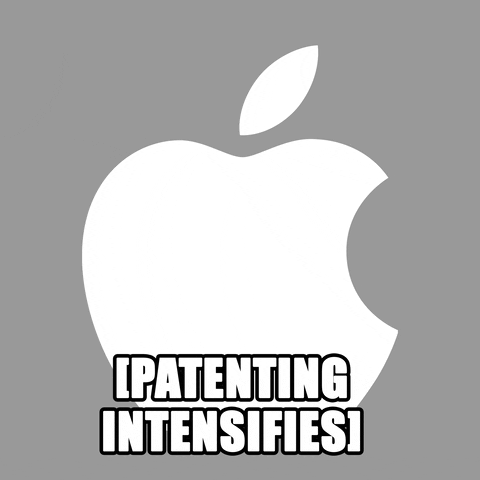
So, secure data could be paramount in companies competing for the metaverse. Should any competitors launch a product, data could become the deciding factor in who consumers decide to trust, B2C or B2B.
Tech like the following could suggest Apple might be gearing up to move into the space:
- Maps. The data that enables maps powers the AR metaverse. Being able to understand where the person is on the planet basically allows the rest of the experience to be localised around them. Using ARKit's scene understanding and location anchors means physical orientation can be located.
- ShazamKit. Basically, this can act as GPS for audio. It allows for the recognition of any audio, which can be mapped to drive experiences. Very important for AR, or VR.
- Memoji. These have been entry-level avatars for people to use across their Apple devices. The metaverse requires some sort of proxy or avatar to be used to represent a user.
Apple has continued to improve the customisation and expression capabilities of Memoji, which could be easily transferred to the metaverse. - Find My. GPS. cameras. local information. All needed in metaverse tech. "Find My" devices will tighten the mapping of the physical world to enable augmentation. So, this tech provides a way to interact with a physical item and bring it into the digital world.
- PHASE. Apple introduced Physical Audio Spatialisation Engine this year, primarily to improve the experience in games. But AR needs well-crafted audio tech in order to be full immersive. You've got to model the user within the AR world, and use that to position the sources. PHASE provides a way to describe the world, and can change based on that world, head positioning, and location of device.
- Shareplay. Synchronised experience is key to the metaverse. Shareplay allows people to establish a mutual session through Facetime - it's not a stretch to see it being adapted in a metaverse way.
SK Telecom
SK Telecom is South Korea's largest wireless carrier.
The company announced in August it will launch its virtual meeting platform ifland in around 80 overseas markets by the end of this year, in order to join the metaverse rush.
Ifland allows users to share PDF documents and mp4 files, which makes it a popular platform for businesses, conferences, orientations, trainings and even town hall meetings. It also allows users to interact with others using personalised avatars in a range of online settings from stadiums, to cafes.
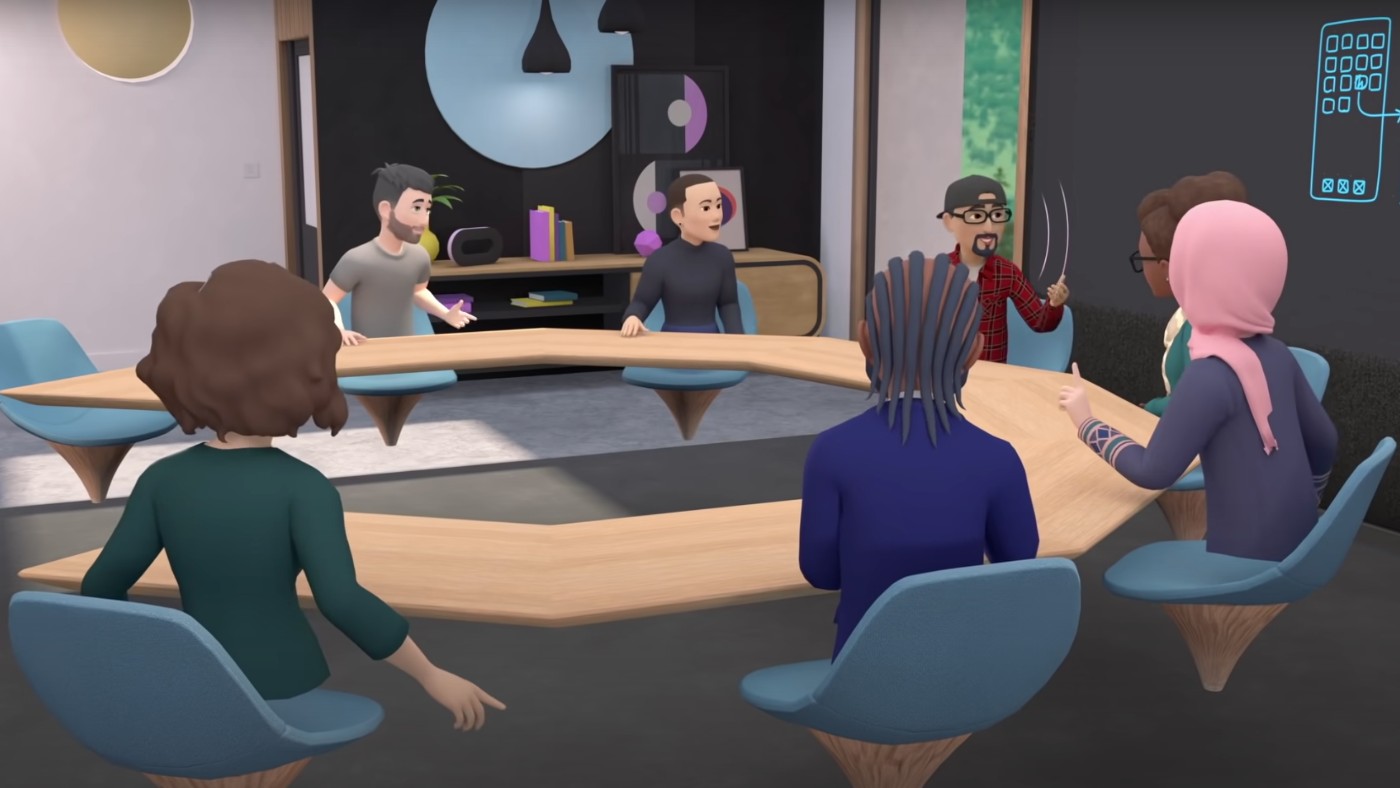
The South Korean governments has been pretty supportive of the metaverse. It's even been leading the way towards public-private partnerships.
The Ministry of Science created a "metaverse alliance" all the way back in May, in order to coordinate and facilitate the development of VR and AR platforms. This has included SK Telecom in its ranks, as well as Samsung, Hyundai, and KT. As part of the 'Digital New Deal 2.0', President Moon Jae-in has pledged up to 30B won, or $26M, in 2022.

Nike
Nike has been quietly preparing for the metaverse.
The sportswear giant has filed seven trademark applications for virtual clothing, including trainers. This is a step up from the Nike-branded items they've introduced to Fortnite and Roblox.
The trademarks were submitted to the US Patent and Trademark Office for use on “downloadable virtual goods, namely, computer programs featuring footwear, clothing, headwear, eyewear, bags, sport bags, backpacks, sports equipment, art, toys and accessories for use online and in online virtual worlds”.
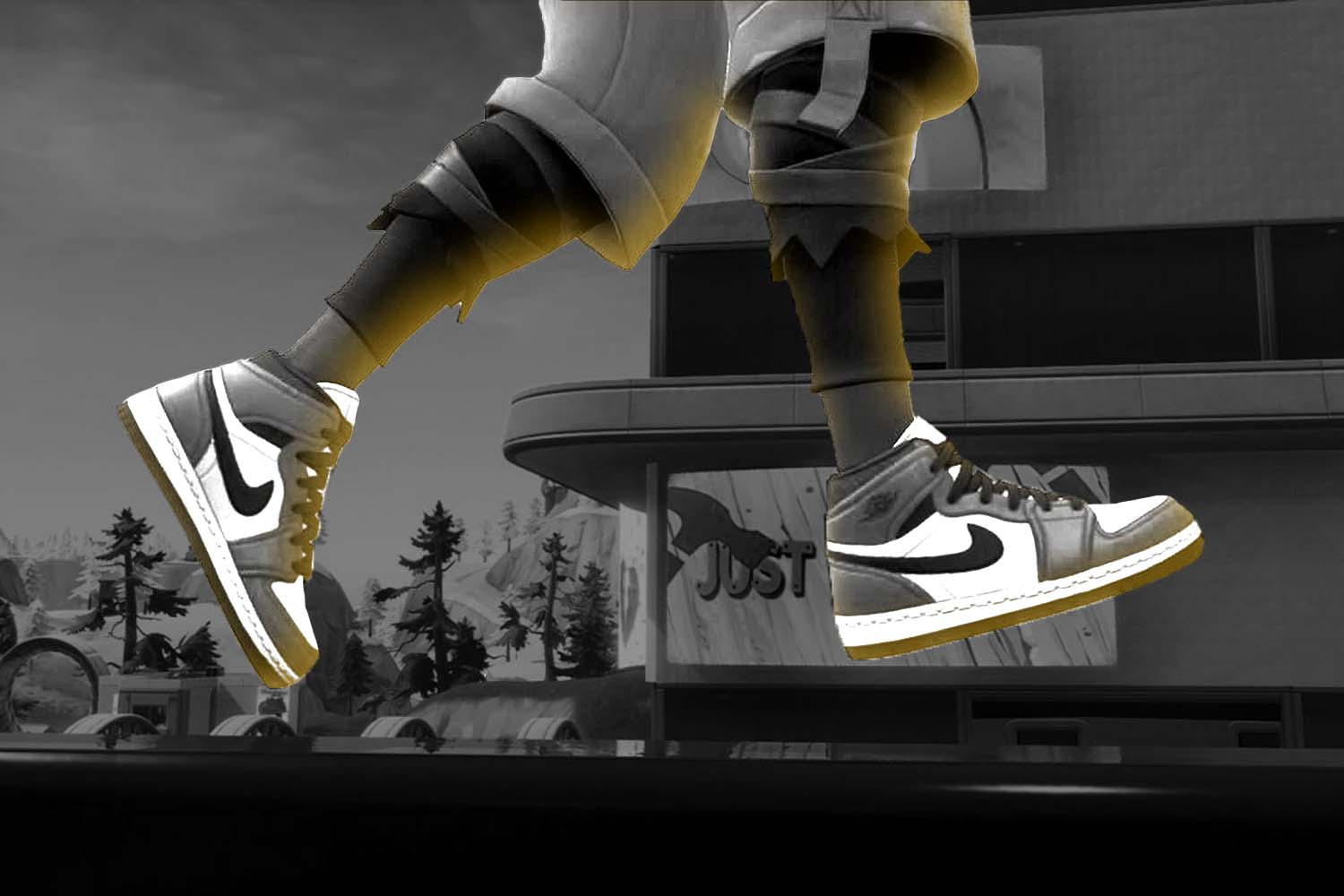
“Nike is protecting their trademarks for this new era,” said Josh Gerben, a trademark attorney
Nike is also joining Apple on a hiring spree. They're looking to fill positions for a 'Virtual material designer of footwear', and other virtual design roles.
“They’re filing new applications for the company’s main trademarks, saying that they’re going to launch and start selling virtual clothing, headwear, shoes, in online and virtual worlds," continued Gerben.
The company is still waiting on a patent filed in April 2019 for 'Cryptokicks', which Nike plans to use as a nonfungible token.
